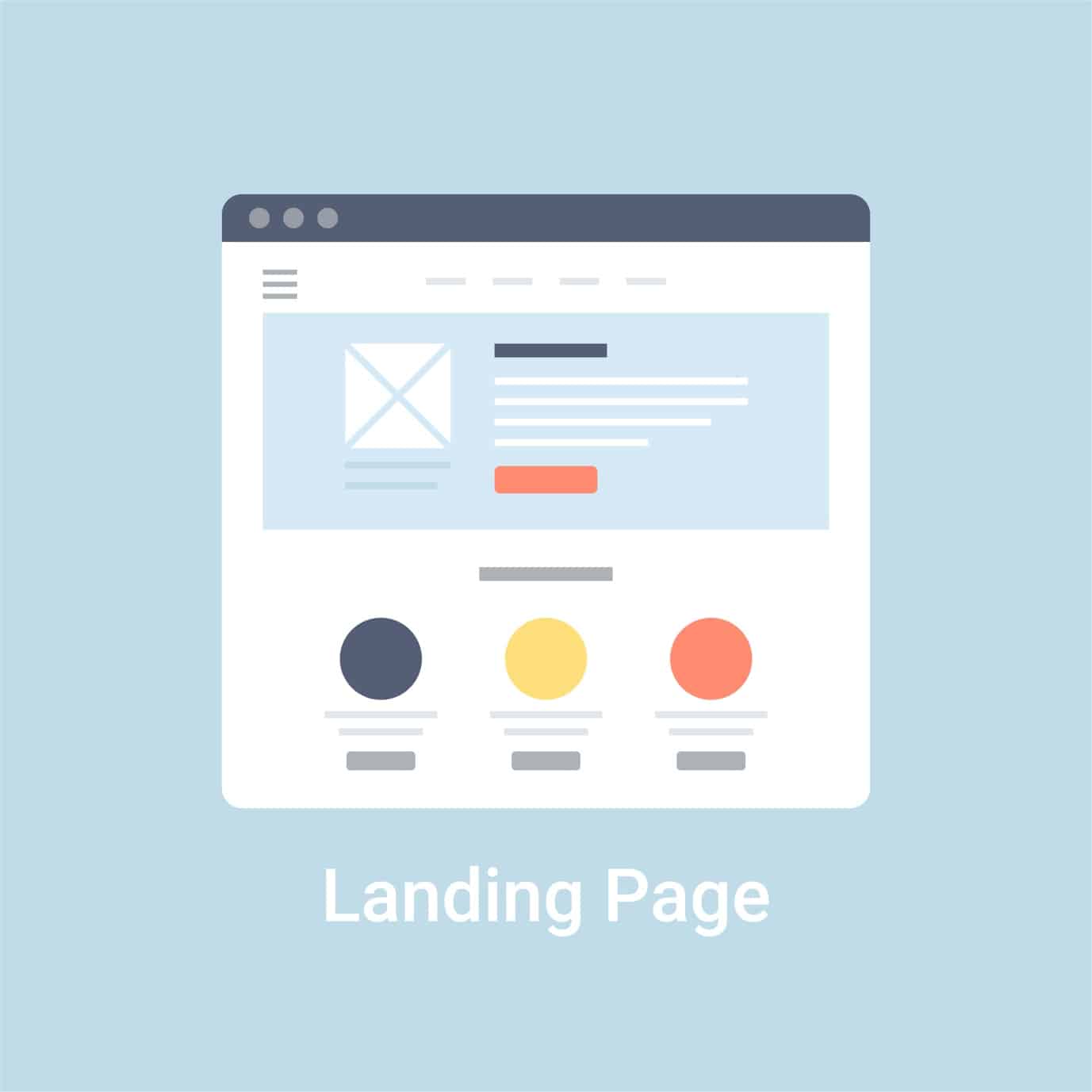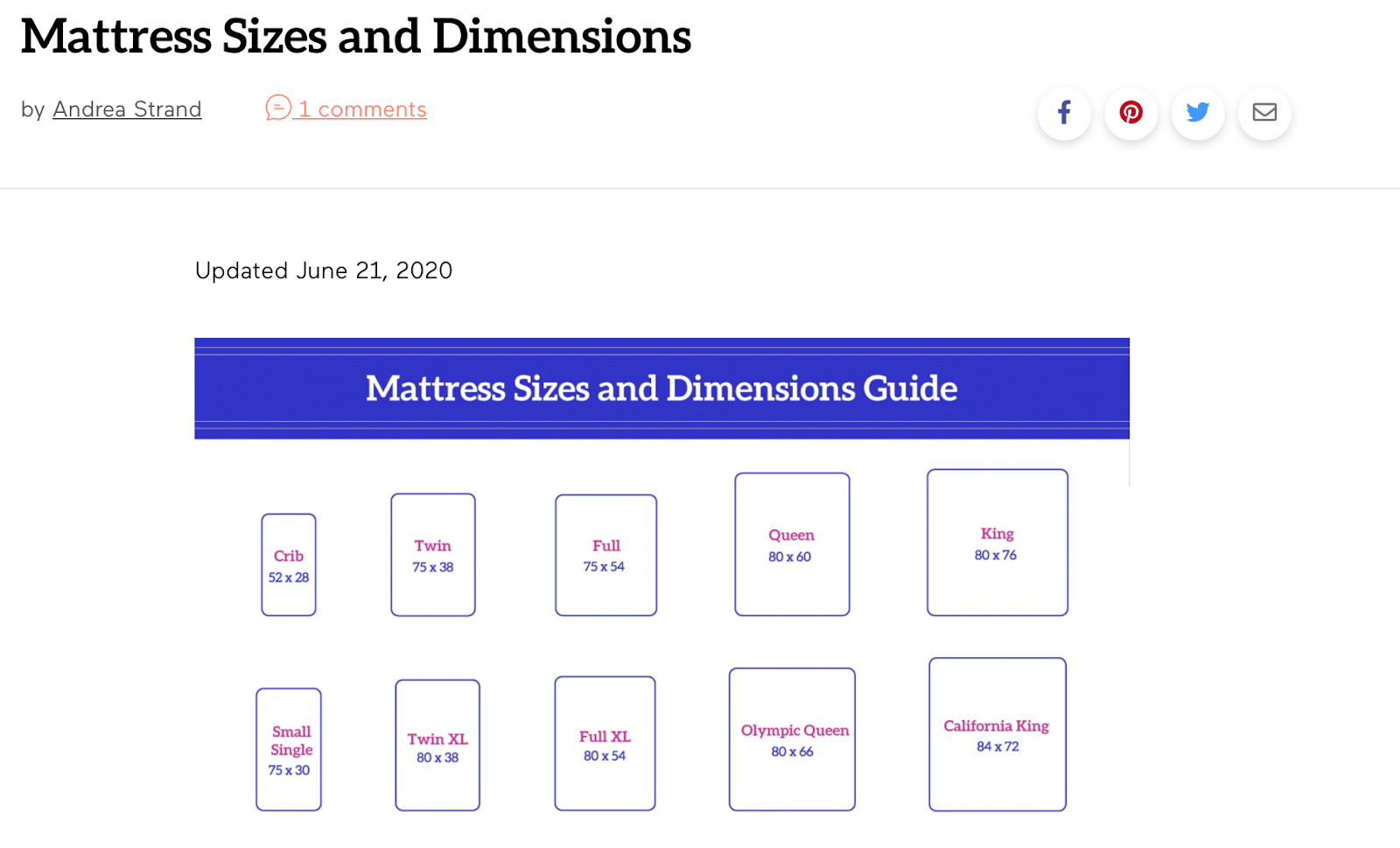Optimizing your landing pages properly can sometimes make a whole difference between a successful eCommerce business and a nice try. A landing page is one of the key strategic touchpoints that works as an entry point for users coming from search engine results pages, social networks, or online ads.
There are two different approaches to landing page design, one that focuses on earning traffic and one that focuses on conversions. Obviously, in order to sell products, you’ll need both. But the trouble is that these two strategies are often contradictory. Let’s see why that is and what you can do to neutralize the effects of this contradiction.

The goal of an SEO-focused landing page is to improve visibility for search engines and drive organic traffic. In general, these pages will have most of the characteristics that any page should have in order to get a boost in rankings. These characteristics are:
A classic example of an SEO-focused landing page is this one by Each night.

Source: eachnight.com
It’s a good quality informational post, which means that converting visitors is not the primary goal. Instead, the page seeks to educate consumers with relevant and helpful information. Ideally, this will attract a lot of links over time to build up the page’s authority. This can then indirectly benefit the site’s more commercial-oriented pages through internal linking.
On the other hand, the sole aim of CRO-focused landing pages is to increase conversions and sales. This entails a different approach:
If you wish to see what a truly CRO-focused landing page looks like, look no further than Muzzle.
Source: muzzleapp.com
This page has basically no content, no additional links, or lengthy explanations that would wear down the user. Just a big CTA button and a short, brilliant demonstration of what their app does.
The problem should be more-less obvious by now. Basically, you can get a lot of traffic only if you decide not to go all the way with CRO. On the other hand, if you try to optimize a landing page to sell, you’ll probably damage your chances of earning organic traffic.
Let’s take a look at the first option – you choose to take the SEO path. It means more content, and more content means more distractions for the reader. Already qualified leads are often not interested in this content, and it can even overwhelm and confuse them. Even dropping a field or two from the opt-in form can increase your conversion rate by almost a quarter, so you can imagine just how many people are chased away by lengthy content they find unnecessary and unhelpful.
Moreover, all your SEO efforts need time to produce results. The age of the page is an important search ranking factor. This means that SEO-focused landing pages that promote seasonal offers and discounts are almost useless, as they may need a year, two, or three to become truly visible.
Conversely, CRO-focused landing pages can have a hard time generating organic traffic. And the fact that 75% of users never get past the first page of Google results doesn’t help the cause either.
If you’re going to write copy that’s optimized for conversions, the page will probably not rank well. The content on such a landing page is short, highly focused, avoids certain keywords in order to stay concise and concrete, and probably doesn’t earn many backlinks. Google doesn’t really rate such content. In addition, bounce rates can be high even if the page is fulfilling its purpose, and this is another SEO-killing factor.
You could try combining the two to the point where you’re satisfied with both conversions and traffic. But this can be very tricky. The balance that needs to be achieved is very delicate, and if you do it wrong, you may end up with a page badly optimized for both.
The key factor here seems to be a lead qualification. Both CRO and SEO-focused landing pages can work, but for different audiences. It simply comes down to how interested a person is in your product or your product line or even your brand.
For instance, users who end up at your website by clicking on a product ad somewhere on the internet can often be considered well-qualified and interested. Obviously, the same goes for those who clicked on a PPC ad or performed purchase-focused searches. You’re more-less familiar with the intent of these users; landing them on a CRO-focused page makes a lot of sense.
Another commonly-advised strategy is to simply have both. You build an SEO-focused page to bring in visitors and then another CRO-focused one down the funnel to encourage conversions. In this case, the former serves as a sort of a filter for the latter and both pages can do what they do best. The issue here, however, is that the SEO page needs some CRO-based features as well since one of its goals indeed is to induce action by the users. In this case, the desired action is not an outright purchase, but a click on a link that will get them to the product page where they can buy. So the goals and means of these two always overlap to an extent, and they can’t be analyzed in isolation.
All things considered, it turns out that proper customization and segmentation are key here. Both approaches are legitimate, but you’ll have to find clever ways to strictly segment the incoming traffic and direct every user to the right place. In general, when it comes to marketing, we’re living in the world of personalization, and we should always have that in mind.
There’s no more appropriate way to finish this article than with a message about the importance of customization and personalization. You need to tailor your landing pages based on very specific needs, not just of your customers, but also the needs and goals of your company.
Doing this is easier than ever, with all the customer data and the necessary tools right there at your disposal. Your landing page may be the first point of contact between a consumer and your brand. So, don’t miss out on the opportunity to make the first impression just right.